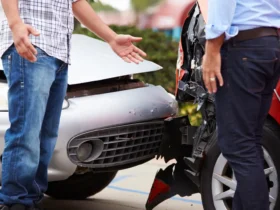Plastic use has grown in daily life. Every bottle and container carries small symbols of guidance. Each symbol hides an important story about waste and value. The circles with arrows hold a number at their heart. Each number shows a kind of plastic. Many people see the mark and think it means easy recycling. That is not always true. Knowing what those numbers mean helps people sort smarter at home. It also helps cut down pollution across towns and cities.
Understanding the Resin Numbers
Every plastic product carries a resin identification code. The numbers run from one to seven. Each number shows a unique type of plastic resin. These codes help identify how the item can be handled after use. The first two codes usually cover the most common packaging materials. Some are clear bottles while others are cloudy containers. Each group has its own method for recycling. Some areas handle certain kinds easily while others cannot. The codes make sorting efficient and clean.
The Commonly Accepted Plastics
The plastics marked with lower codes often find easy recycling. Local plants accept bottles made from lighter materials. These break down faster and need less energy to process. Items like milk jugs and soda bottles often fit here. They travel through recycling centers quickly. The middle codes include stronger plastics used in jars and tubs. They may need special facilities for handling. Many collectors still take them because they remain valuable. The higher codes often face limits in acceptance. Clear labeling helps reduce confusion during collection days.
The Misconceptions About the Symbols
Many people see a symbol and feel confident. They think all plastics with a recycling sign are equally recyclable. That belief leads to wrong sorting and waste contamination. Some plastics cannot be reprocessed easily. Others need specific temperatures and machines. A wrong item in the bin can ruin a full batch. Understanding the difference saves time and effort for recycling workers. People can check local guides for exact acceptance lists. Good awareness means cleaner batches and higher recovery rates. Small understanding brings large environmental gains.
Choosing Better and Acting Smarter
Learning which plastics can be recycled saves resources. It also teaches responsible habits at home. Selecting reusable or safer packaging lowers waste levels. Some brands now show clearer marks on labels. This honesty supports guided recycling at every step. People can rinse containers and keep them dry before disposal. Simple actions protect machines from clogging and increase efficiency. Schools and communities can share knowledge about proper sorting. Every small choice builds a cleaner environment for future citizens. Careful attention today ensures a brighter tomorrow.
Conclusion
Plastic recycling depends on knowledge and discipline. Numbers on containers tell more than design stories. They speak about material qualities and recycling paths. Knowing what each code means builds trust and clarity. Every home can support clean recycling when awareness grows. People can choose products wisely and limit unnecessary waste. True recycling begins with understanding and ends with action.












